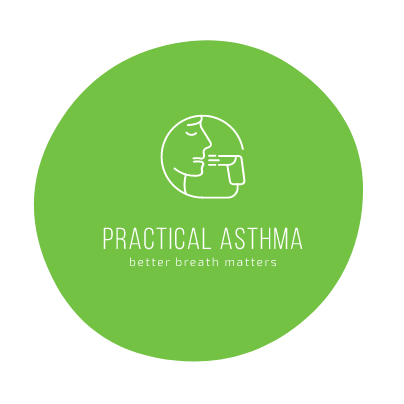Birch pollen allergy: the dark side of springtime
No sooner is winter over than it starts: birch pollen is on its way and is a big problem for allergy sufferers. They are among the most aggressive and strongest tree pollen allergens and appear in gigantic numbers. A single tree can produce up to 100 million pollen! Every two years, in a so-called mast year, the trees release an especially large amount of pollen: The fine white-yellow powder then covers the body, clothing, hair and of course all other surfaces like a film. Scientists assume that up to 25 percent of all pollen allergy sufferers react to birch pollen. Depending on the region, between 5-50% of all people in Western and Central Europe are affected by a birch pollen allergy.
The birch and its pollen: Which regions are particularly affected?
In the city, the birch is often no longer planted very often out of consideration for pollen allergy sufferers. It is more likely to be found in rural areas, mixed forests, field margins and avenues. It also feels at home in drained upland moors and on sandy soils. With the typical white bark, the trees are very easy to recognize.
Birch pollen allergy and symptoms
Red conjunctivae, swollen eyelids, itchy and watery eyes: the symptoms of birch pollen allergy can be very unpleasant and severely restrict the quality of life of those affected. Often there is persistent sneezing, which in turn leads to swelling of the nasal mucous membranes. The nose is then either blocked or it runs almost continuously: a typical hay fever. Many allergy sufferers also complain of a general feeling of illness, fatigue and headaches. If you are concerned that you may be allergic to pollen and are reacting to birch pollen, you should have your symptoms checked out by a doctor. An untreated birch pollen allergy can affect the lower respiratory tract in the long term, which in the worst case can lead to asthma.
The diagnosis: How the doctor recognizes a birch pollen allergy
Your doctor will not always be able to offer you an immediate appointment for his consultation. The first important clues to a possible birch pollen allergy are therefore provided by some online allergy test, which, after answering all the questions, gives you a probability of possibly having an allergy.
Whether you are actually allergic to birch pollen, your doctor can then determine very reliably on site without much effort. To do this, he performs a so-called prick test: Allergenic solutions in small doses are dripped onto marked areas on the forearm. Your doctor then applies the solutions to the skin with a tiny needle prick. If there is an allergy to birch pollen, this will become apparent after a few minutes in the form of wheals or redness.
Birch pollen allergy sufferers beware: A cross allergy is imminent
Cross-reactions are not uncommon with a birch pollen allergy. Cross-reactions with apples, pears, celery, legumes, nuts and cherries are common. However, about 10-20% of all affected persons also show a cross allergy with soybean protein. Traces of the above-mentioned foods are very often contained in finished products such as soup powder, ketchup, coffee whitener and seasoning.
Treatment options for birch pollen allergy
If the symptoms are only mild, treatment with antihistamines is often sufficient. They can be administered in tablet form, but also as a nasal spray or eye drops. However, if the symptoms are so severe that the affected person suffers massively from his birch pollen allergy, hyposensitization is recommended. In this form of therapy, the body is very gradually accustomed to the allergy-triggering substances.
In practice, this means that the allergens are administered regularly.
The exaggerated readiness of the immune system to react thus decreases more and more in the course of time. In this way, possible secondary diseases of hay fever (for example asthma) can also be prevented.
However, hyposensitization is not suitable for every birch pollen allergy sufferer. Depending on the preparation, severe diseases of the cardiovascular system, autoimmune diseases, etc. may be contraindications. There are also usually restrictions in the case of an existing pregnancy. The doctor will inform you about this.
Allergy sufferers should pay attention to this
The birch pollen count cannot be prevented. The most important thing is to know exactly which plants trigger the pollen count and when they bloom. You can also use our pollen calendar and our pollen app.
However, those affected can do a lot to limit the unpleasant side effects of birch pollen allergy:
- Avoid prolonged stays outdoors and keep windows and doors closed as much as possible.
- Special pollen screens prevent birch pollen from entering living spaces.
- Use air purifiers and a vacuum cleaner with an appropriate filter.
- Wash your hair before going to bed.
- Dry your clothes in a clothes dryer or indoors.
- If possible, air your home only when there is hardly any birch pollen on the way. In rural areas, this is usually the case after dark.
- If possible, do not stay in sand dunes, heath areas and moors during the pollen season.

